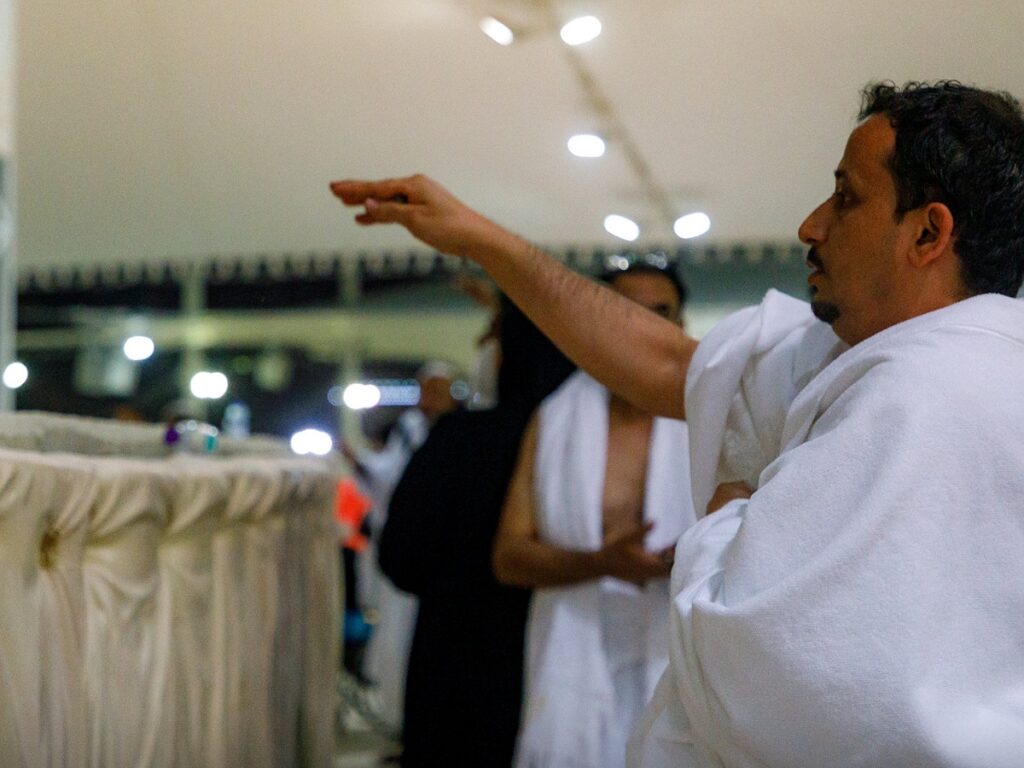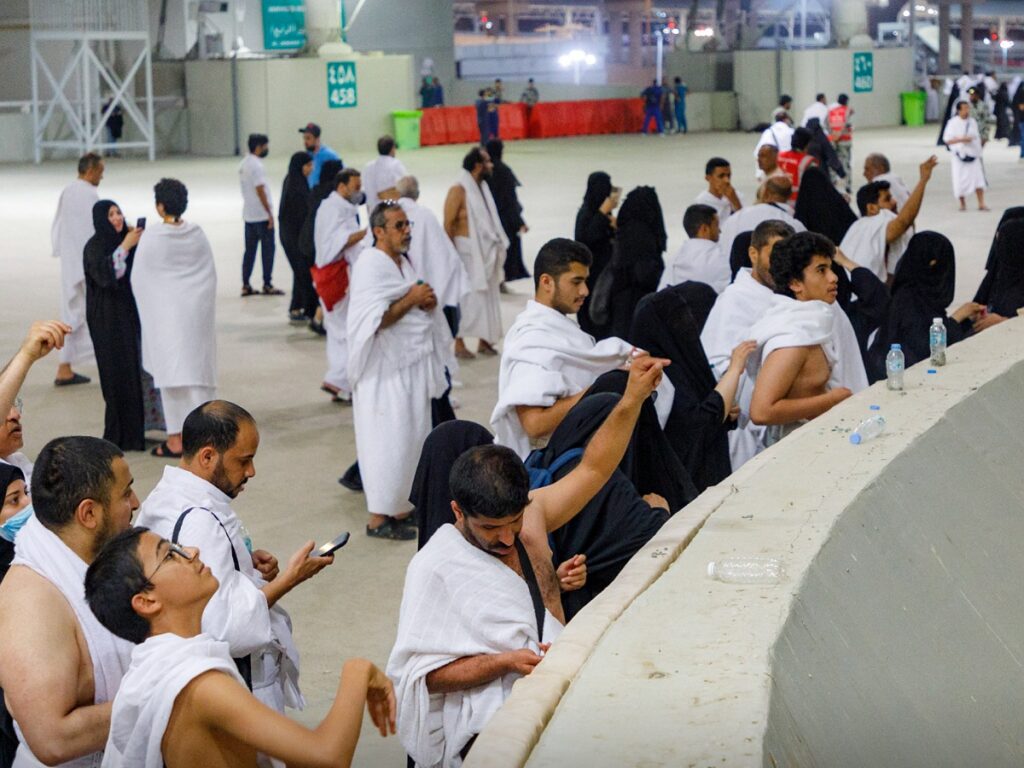
Riyadh: Haj pilgrims began performing Jamarat—‘stoning of the devil’ ritual on Wednesday marking the first day of Eid Al Adha or the festival of sacrifice.
From dawn, thousands of worshippers began throwing pebbles at three large pillars representing the devil, the last major ritual of an event held in intense summer heat.
On Wednesday morning, pilgrims returned to the Grand Mosque in Makkah from Muzdalifah plains to perform Eid prayers and start the Jamarat.
Jamarat will continue over the next three days. After the first stoning ritual, pilgrims shave their heads or trim their hair, and perform the sacred sacrifice before heading to Makkah to perform the Tawaf al-Ifadah. They return to Mina to spend the night for the rest of the days of Tashreeq.
Here is a look





Why do pilgrims stone the devil?
The stoning of the devil ritual commemorates an event from the life of Prophet Ibrahim.
According to Islamic tradition, as Abraham was preparing to sacrifice his son to Allah, the devil appeared three times and tried to dissuade him from obeying Allah’s command. In response, Abraham stoned the devil at every opportunity and rejected his temptations.
Over 1.8 million pilgrims perform Haj 2023
A total of 1,845,045 Haj pilgrims participated in the Islamic ritual this year, including 1,660,915 who came from outside the Kingdom and 184,130 citizens and residents of Saudi Arabia.
The Haj pilgrimage to Makkah is a mandatory religious duty that must be performed by those Muslims who are physically and financially able to perform it, at least once in a lifetime.
